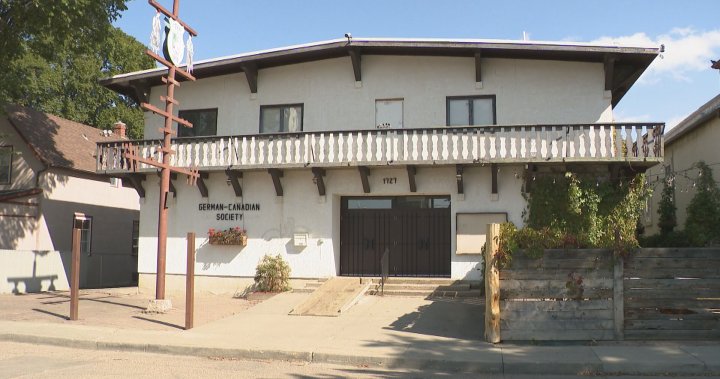In today’s day and age, it’s hard to imagine a time when shopping for alcohol at the LCBO wasn’t as easy as simply walking through the aisles and grabbing what you need.
However, just a few decades ago, browsing fully stocked shelves full of international wines and spirits at the LCBO was a foreign concept, and the process of purchasing alcohol was far more complicated and time-consuming.
Throughout the 1960s and 1970s, LCBO shoppers couldn’t just simply grab a bottle and go, they had to go through a series of steps, sometimes wait in multiple lines, and rely on staff to hand them their purchases.
The LCBO was established in 1927 under Premier Howard Ferguson’s government, and its aim was to sell alcohol in a controlled and regulated manner. Remember, in the post-Prohibition era in Canada, the process of purchasing alcohol wasn’t exactly meant to be convenient — in fact, it was designed to deter excessive drinking.
Summerhill LCBO in the 1920s. Photo: City of Toronto Archives.
At the time, alcohol consumption in the province was still seen as a moral issue, and so the government was extra cautious about how it was sold to the public. New customers even had to be vetted by LCBO employees, who were responsible for determining if an individual was “moral” enough to receive an annual purchasing permit.

An LCBO permit book. Photo: Toronto Public Archives.
When visiting a store, a customer would hand over their order form to a clerk, who would take a look at their buying history, and make notes in their permit book as necessary.

An LCBO location in downtown Toronto in 1965. Photo: Boris Spremo/Globe and Mail.
During the 1960s, a trip to the LCBO went a little something like this. First, you’d browse a list of available brands, then fill out a form and get in line to submit it to a cashier and pay. Next, you’d join another line and hand your form over to an employee who would grab your purchases from the shelves behind the counter.
Still, LCBO’s selection of alcohol was rather limited, and many imported brands were not as widely available as they are today.
As opposition grew to the LCBO’s counter service model, more customers resorted to using fake names when filing out their forms, and some even cheekily used the Premier’s name as a way to bypass the system’s rigidness.

An LCBO store in the 1960s.
As the 1970s approached, debates surrounding how alcohol should be sold to the public began to change. Critics of the counter-service model argued that its system was outdated and inefficient, while others feared that freely purchasing alcohol could have societal ramifications, including increased drunk driving and crimes.
In 1968, provincial secretary Robert Welch announced plans to review Ontario’s liquor laws, with one of the most notable proposals being the idea of test self-service liquor stores, which would allow customers to browse and pick up bottles themselves.
On February 24, 1969, the LCBO launched its first self-serve liquor store, located at 40 South Station Street in Weston. Consultants, who were easily identifiable by their green blazers, were stationed throughout the store’s aisles to help customers navigate all of the alcohol for sale.

LCBO’s counter-service model started to dwindle in popularity after the opening of the first self-serve store in 1969. Photo: Globe and Mail archives.
The first sale at the Weston store was a $2.55 bottle of Canadian whisky purchased by local resident and trucking firm operator, Douglas Wardrope.
“I’m not even sure of what I got,” he told the Toronto Star at the time. “I guess I just wanted to be first.”
Despite some opposition, the LCBO’s move toward increased self-service continued. In 1973, the LCBO announced that it would expand its self-serve model to all stores, although this took another 20 years to fully implement.
By the middle of that year, approximately 25 per cent of LCBO outlets had made the switch to self-service, and by the mid-1990s, counter service was entirely phased out across the province.









